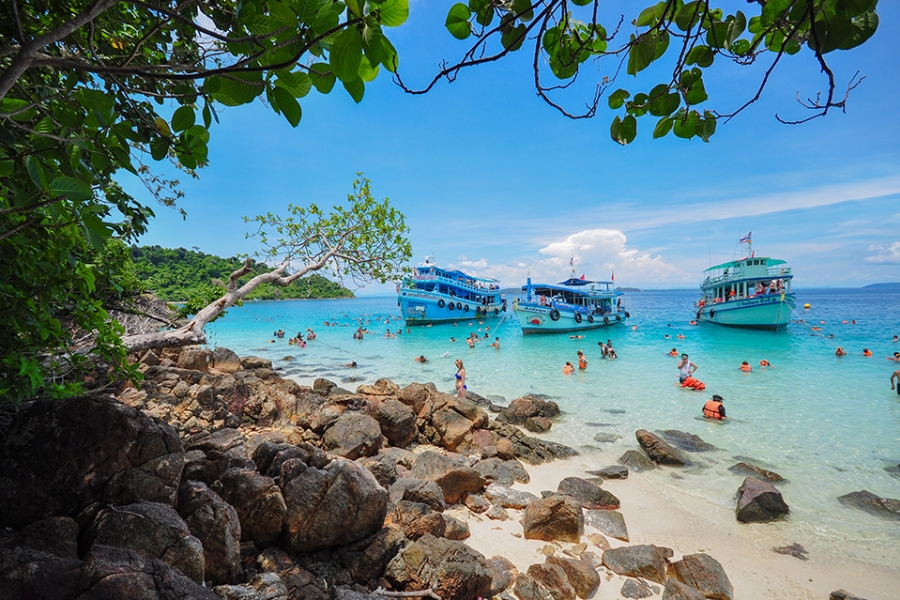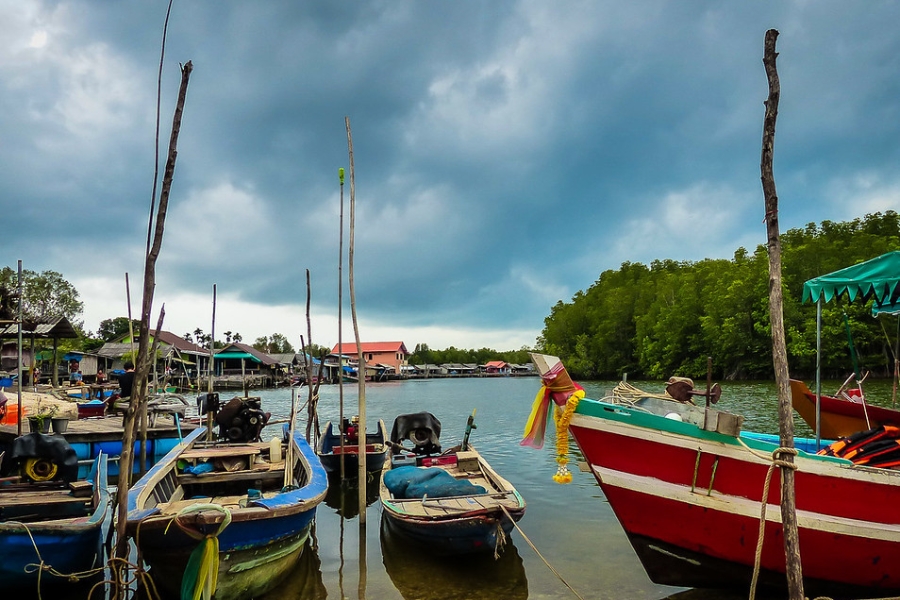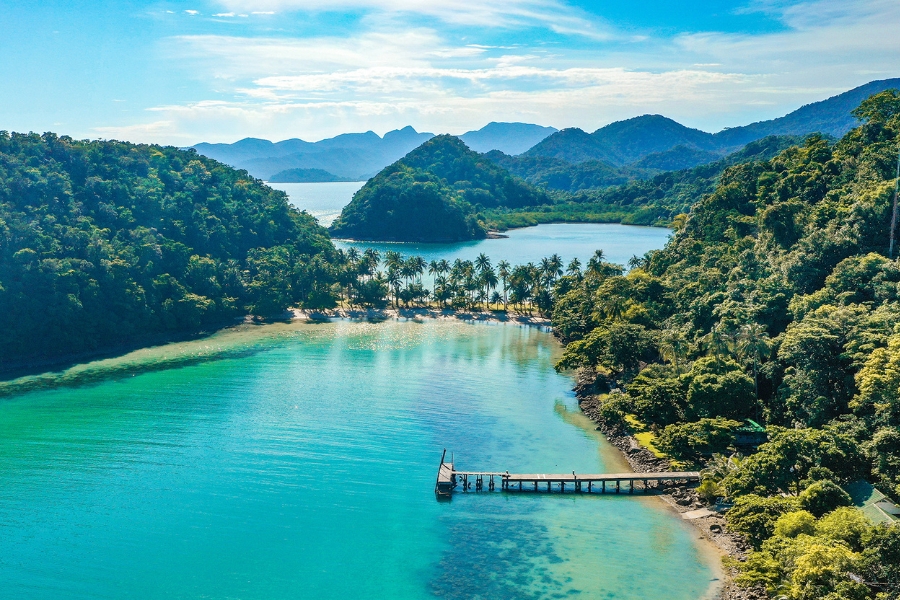Trat

Trat Province is a lovely destination noted for its amazing islands. It's a nature lover's paradise, with pristine waters and lush scenery. Trat also has cultural assets such as temples and museums that showcase its rich heritage. Trat is dedicated to sustainable tourism, making it a perfect destination for environmentally aware visitors. From exploring waterfalls and national parks to indulging in local cuisine, Trat promises a diverse and enriching experience for adventurers, nature lovers, and culture enthusiasts alike. Trat delivers a variety and enriching experiences of eating local food. Discover the true Thai way of life in a tropical paradise.

Mu Ko Chang National Park in Trat - near the Cambodian border
The word "Trat" is assumed to be a corruption of "krat," which is the name of a tree plentiful in Trat Province and used in broom manufacture. During the reign of King Naresuan, the town was known as "Ban Bang Phra" in Ayutthaya. The Thai government signed a deal with France, ceding what is now Trat Province in exchange for France withdrawing its forces from Chanthaburi Province. Later, on March 23, 1906, the king was forced to hand over places like Pratabong, Siem Reap, and Sri Sophon to France in exchange for Trat and the islands and cities on the Mekong River's right bank. During the war, a French squadron breached Thai territorial seas on January 17, 1941. On the other hand, the Thai side lost three warships, the Songkhla, Chonburi, and Thonburi, as well as some naval officers and ratings. As a result, the Thai Navy marks a merit-making day on this date every year to honour those who gave their lives in the service of the country.

A cultural gemstone in Ban Nam Chiao
General weather in Trat
Dry Season (November to April): Temperatures are more moderate, ranging from around 25°C to 33°C. The skies are often clear, providing optimal conditions for outdoor activities and beach-related pursuits.
Wet Season (May to October): This season sees heavier rainfall and higher humidity levels. The wettest months are typically from June to September. Although it can rain heavily, showers are often short-lived, and the sun can still shine during the day. The lush greenery and refreshed landscapes make for a unique and vibrant atmosphere.

Best season to go
The best time to visit Trat is during the dry season, from November to April when the weather is lower rainfall, comfortable temperatures, and clear skies. This period is ideal for beach activities, exploring national parks, and enjoying cultural experiences. Travelers seeking optimal weather conditions should plan their visit during these months.

A Buddhist temple - Wat Khiri Wihan
Scooter/Motorcycle Rental: Convenient and flexible for exploring islands and mainland areas independently.
Taxis and Songthaews: Taxis for privacy, songthaews for an economical shared pickup option, suitable for short-distance travel.
Car Rental: Provides comfort and convenience for exploring the mainland and remote areas. Bicycle Rental: Ideal for a slower-paced exploration, suitable for local areas, beaches, and communities.
Boat and Ferry Services: Essential for island hopping, connecting Trat with islands like Ko Chang, Ko Mak, and Ko Kut.
Walking: Pleasant for exploring certain areas, especially local communities, markets, and coastal regions.
Tuk-Tuk: Motorized three-wheeled vehicles for short-distance trips within towns and cities.
You may like: Top 5 dishes to taste in Chiang Rai.